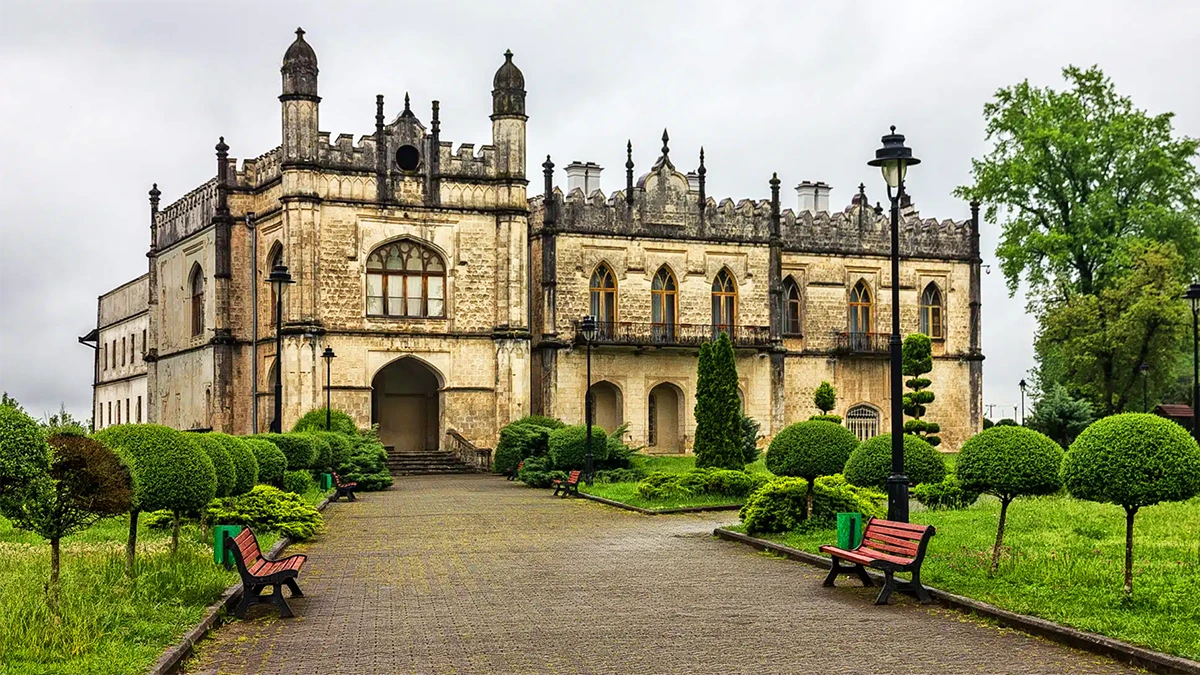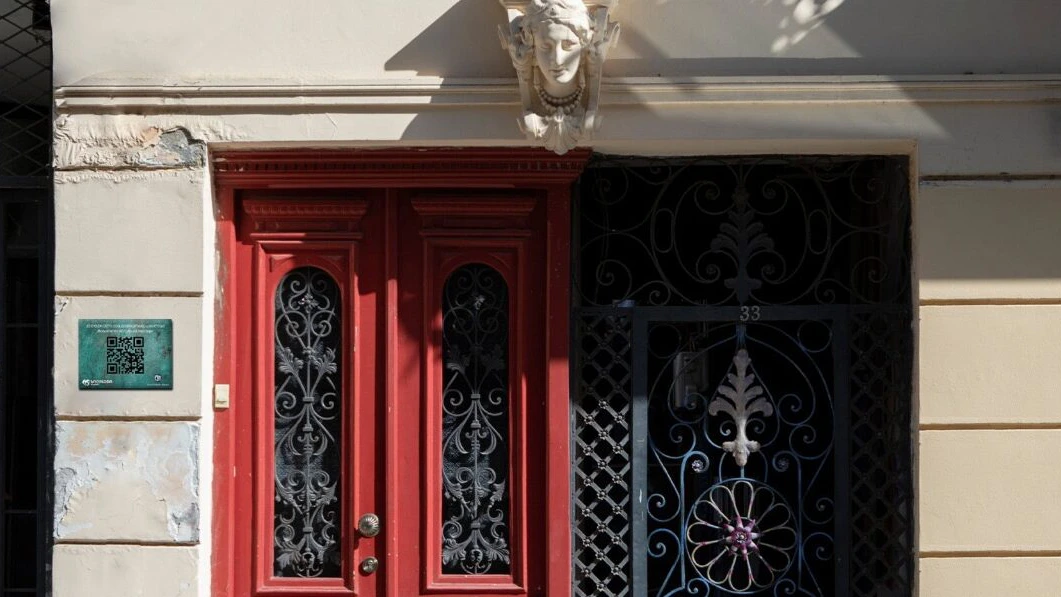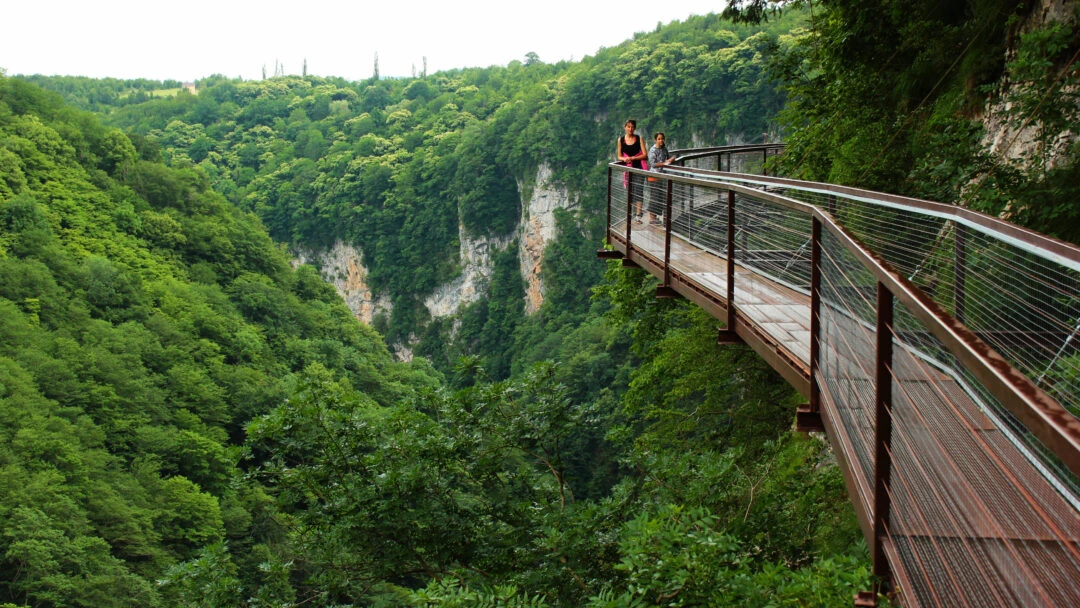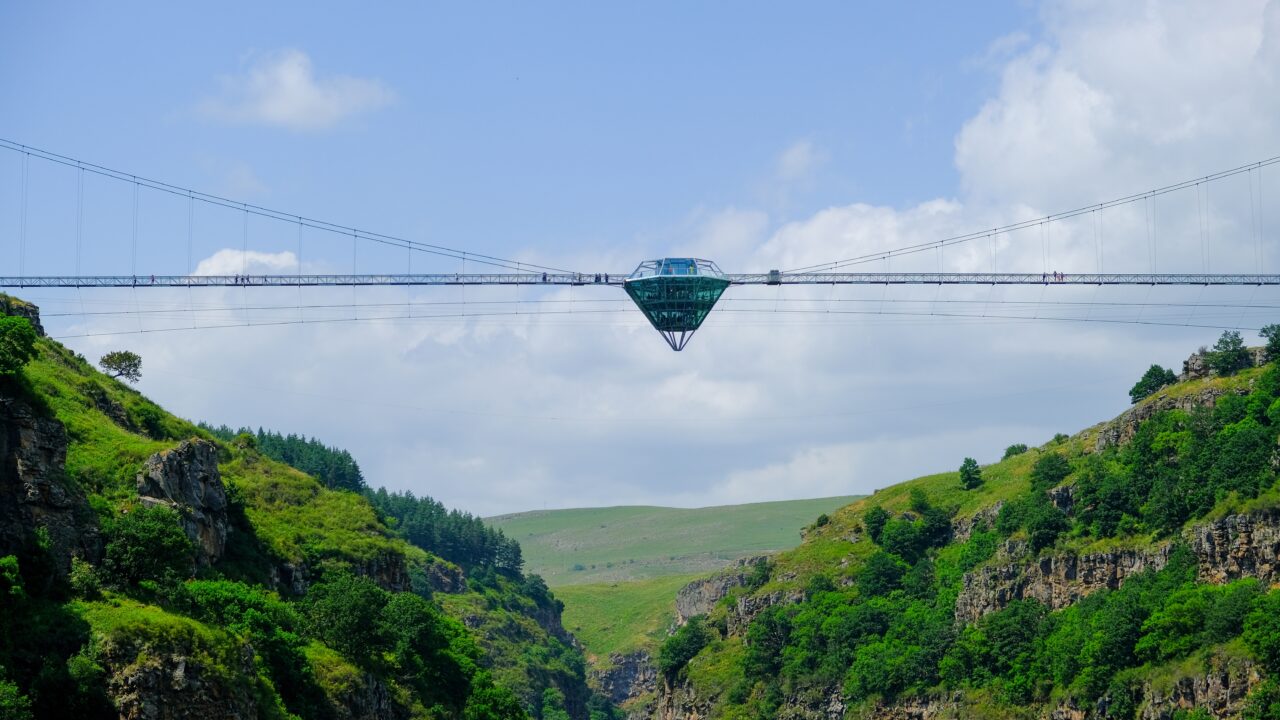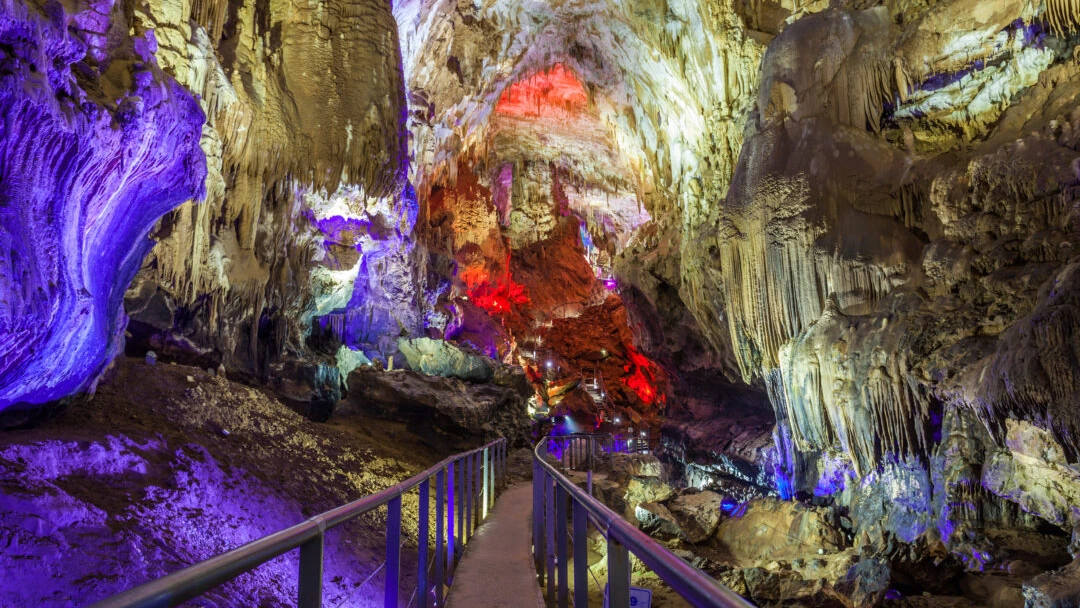Mtskheta – Antique Georgian Town
Mtskheta is one of the oldest continuously inhabited cities in the world. Located 20 km away North to Tbilisi, the city is built around the confluence of the Mtkvari and Aragvi rivers.
Historically it was a large fortified city and for almost 800 years until the end of the 5th century, Mtskheta was the economic and political center of the Kingdom of Kartli also known as Iberia.

Photo Source: Archive.gov.ge
Archeological sites and numerous burials of the Bronze Age, prove that Mtskheta already was a significant settlement by the 5th century BC. That is the approximate period of time when Mtskheta was founded by the ancient Meschian tribes according to some historical sources, accepted by historians.
During pre-christian era, Iberia Kingdom people worshiped Armazi – a god of the sky, thunder, rain and plants. Statue or Armazi was standing on a tall mountain in Mtskheta and on Armazi holidays, which was usually held in the summer, numerous processions were held in the streets of Mtskheta, decorated with colorful clothes and flowers, with the participation of the royal family.
At the beginning of the 4th century AD, according to historical sources Christianity was preached in Mtskheta by St. Nino. King Mirian III and Queen Nana converted to Christianity. Accordingly, Christianity was declared the state religion and eventually the cult of Armazi faded away.
The Georgian people immediately adopted the Christian way of life, which was also reflected in the architecture and culture overall. This led to the fact that there are many church and monastery building complexes in the city and Mtskheta-Mtianeti region itself. Among these are Svetistkhoveli and Jvari Monastery.
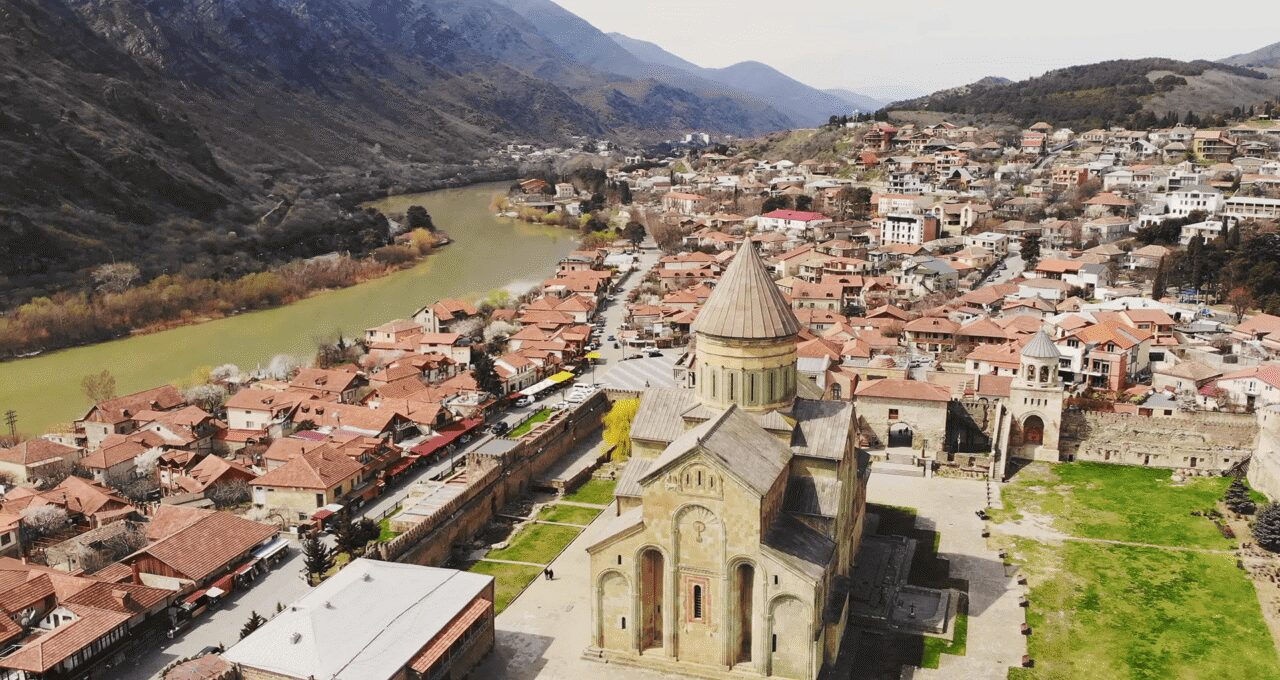
Photo Source: es.vecteezy.com
The Svetitskhoveli Cathedral is an Orthodox Christian cathedral. A masterpiece of the Early and High Middle Ages, Svetitskhoveli is recognized by UNESCO as a World Heritage Site. It is currently the second largest church building in Georgia, after the Holy Trinity Cathedral.
The original church was built in the 4th century AD during the reign of Mirian III. Since then, it was destroyed by different enemies and was renovated many times. The cathedral is surrounded by a defensive wall, built of stone and brick during the reign of King Erekle II in 1787.
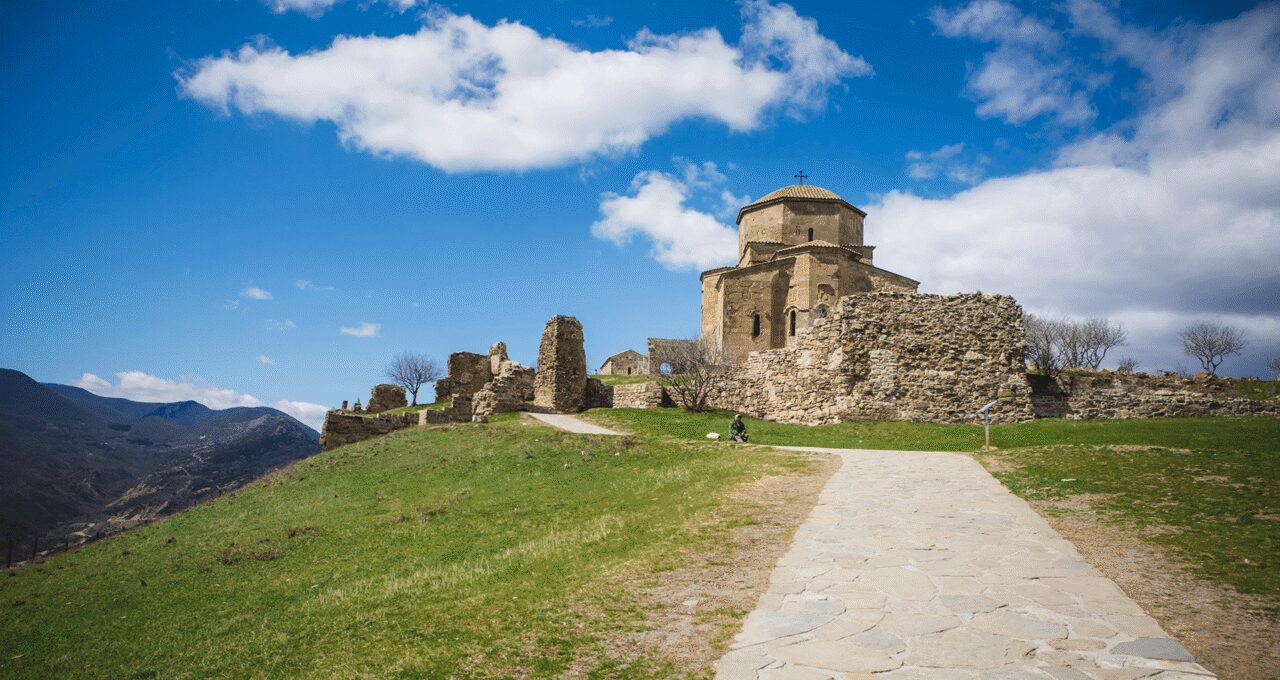
Photo Source: Freepik.com
Jvari Monastery is a sixth-century Georgian Orthodox monastery. Standing on the rocky mountain top over the picturesque confluence of the Mtkvari and Aragvi rivers, It is an Early Medieval Georgian church that has survived to the present day almost unchanged. According to some historical sources, King Mirian III installed a large wooden cross on the site of a pagan temple. The cross was able to work miracles and therefore drew pilgrims from all over the Caucasus region. Soon after, a small church was built over the remnants of the wooden cross in 545. It was followed by a larger, present building, or “Great Church of Jvari”, which was generally held to have been built between 590 and 605.
Jvari Monastery was listed in the 2004 World Monuments Watch list by the World Monuments Fund.
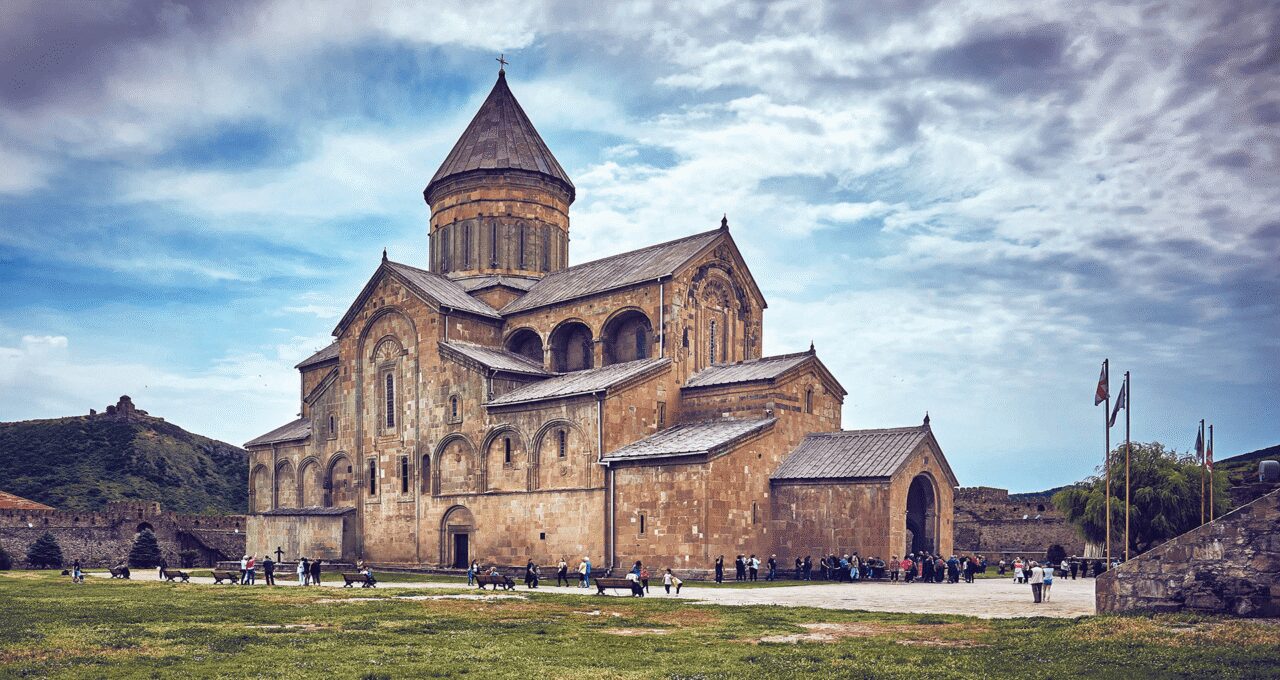
Photo Source: Lonelyplanet.com
The center of historical monuments and numerous archaeological discoveries, Mtskheta has been declared a city-museum in 1994 and is included in the UNESCO World Cultural Heritage List.
Every year, on the 14th of October, Georgian people celebrate Mtskhetoba, also known as Svetitskhovloba. It is a church date and public holiday, when pilgrims from all over Georgia, gather in Mtskheta. Along with the liturgy and the feast, traditionally there are markets, dancing games, wrestling, folk musical events and various exhibitions. Visitors attend different gastronomical activities and participate in wine tastings held by local wine cellars.
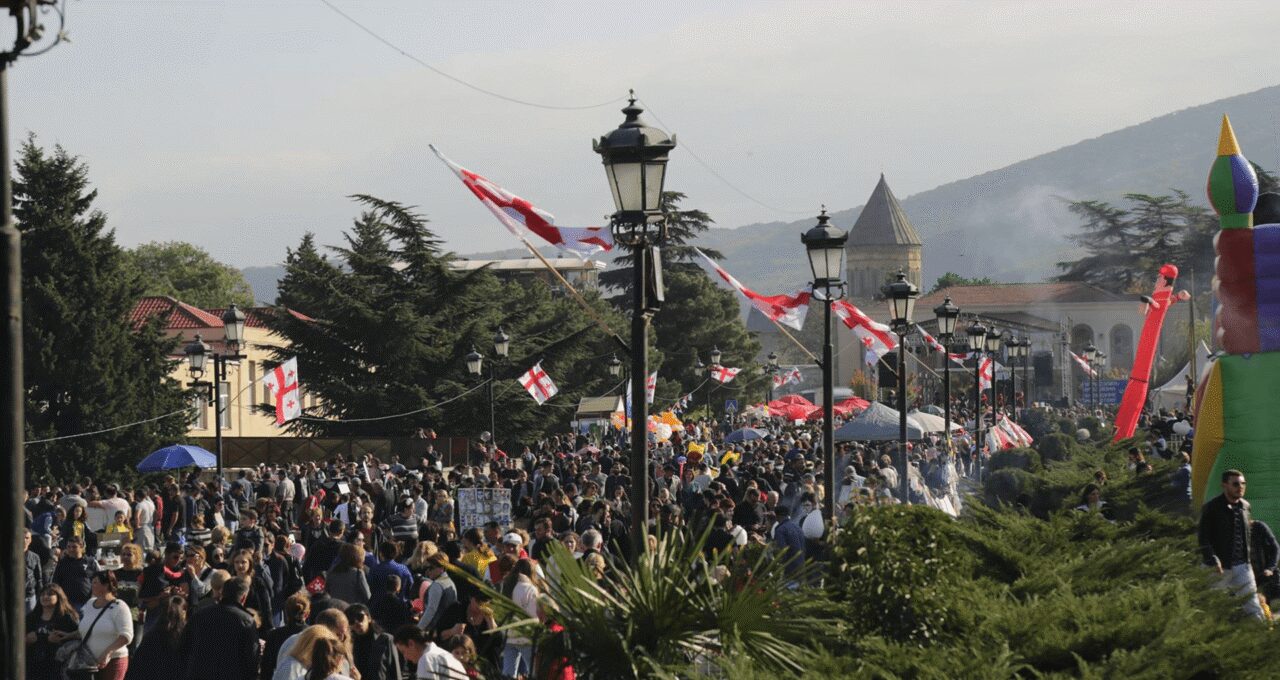
Photo Source: Mtskheta.gov.ge
We created Memo — a brand where Georgian memories come to life.
Visit Memo By GSH and take a piece of Georgia with you – Www.memories.ge


